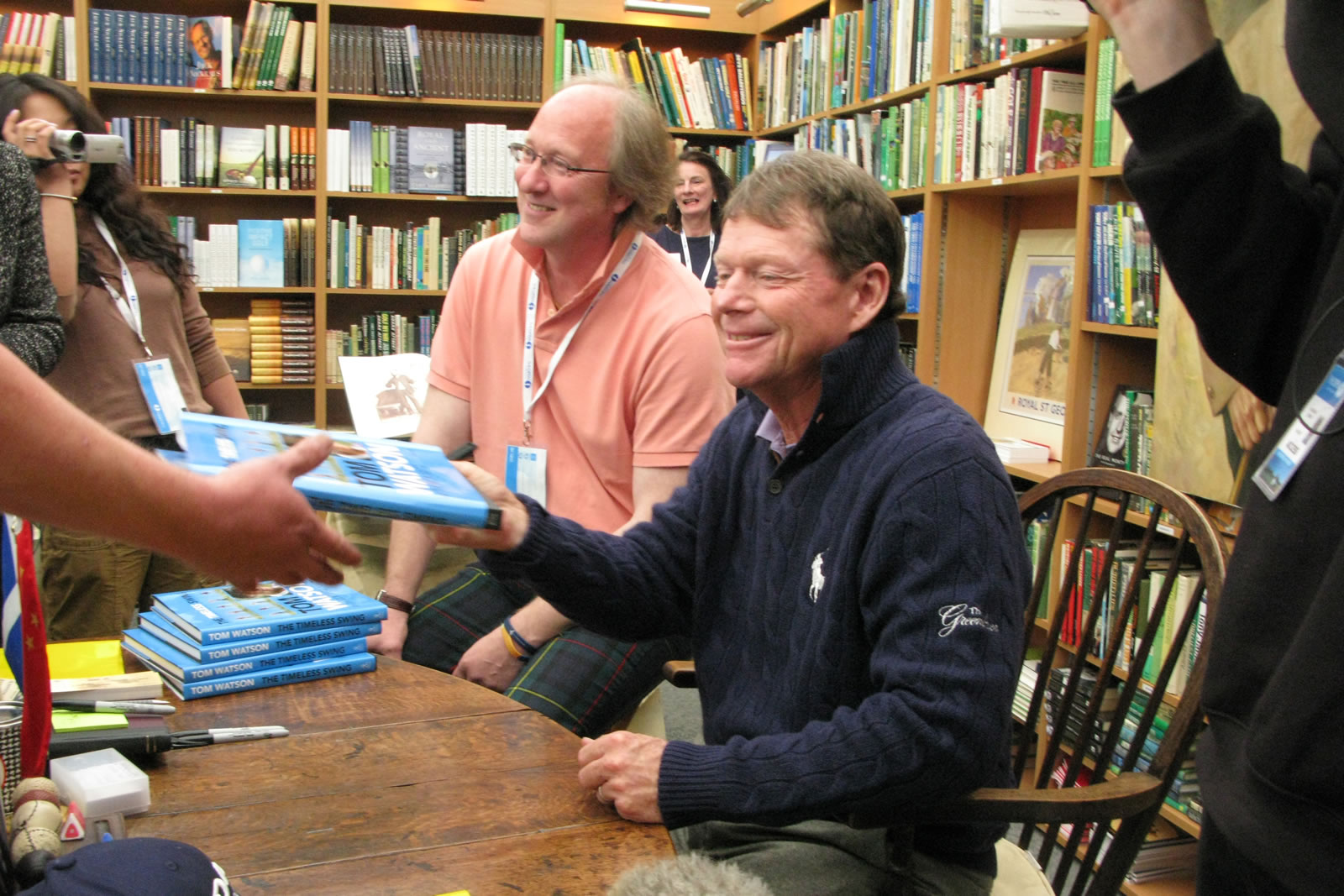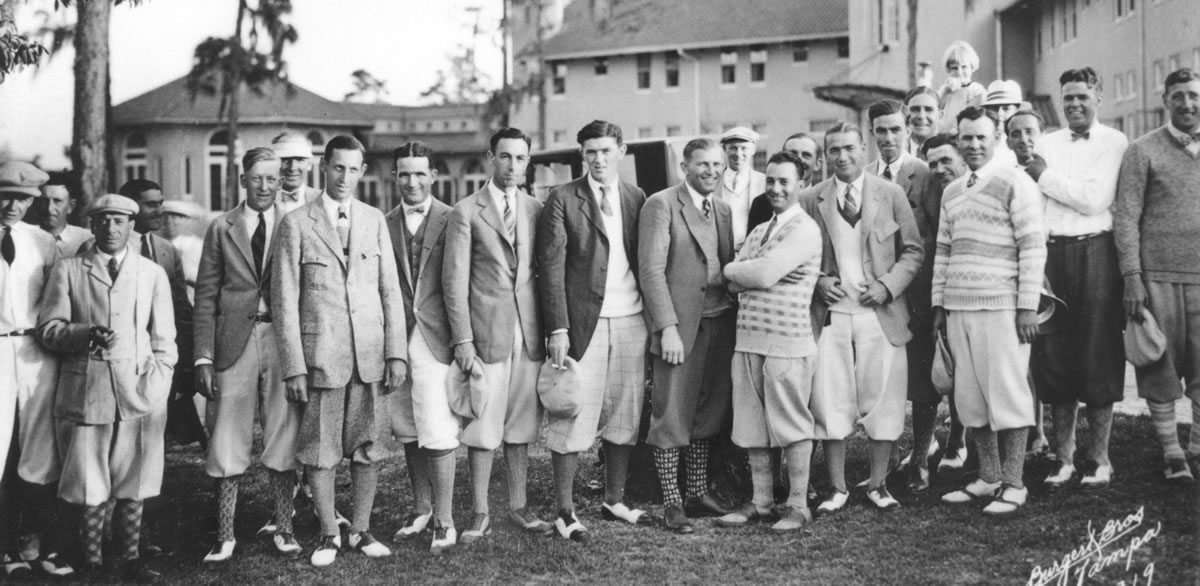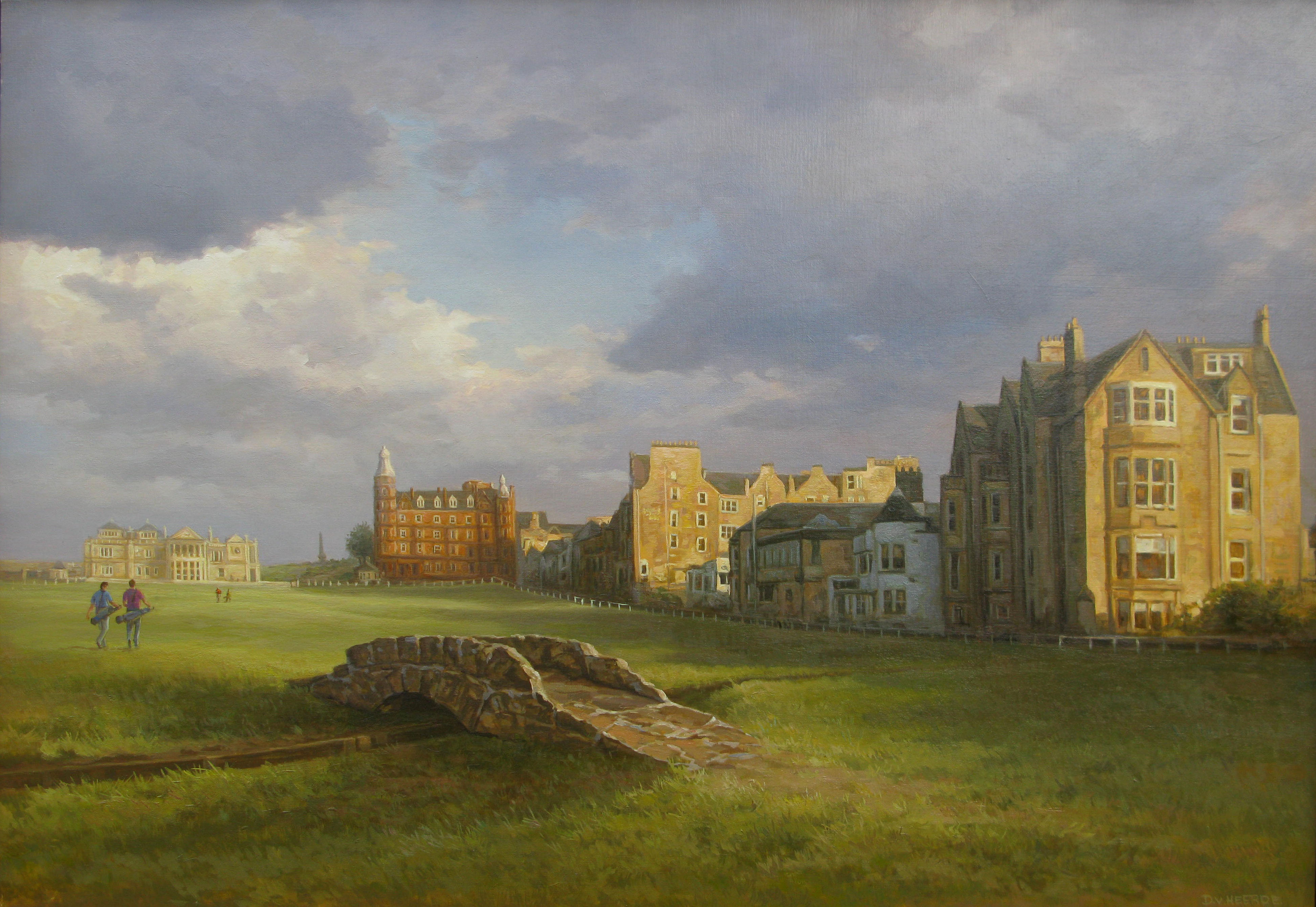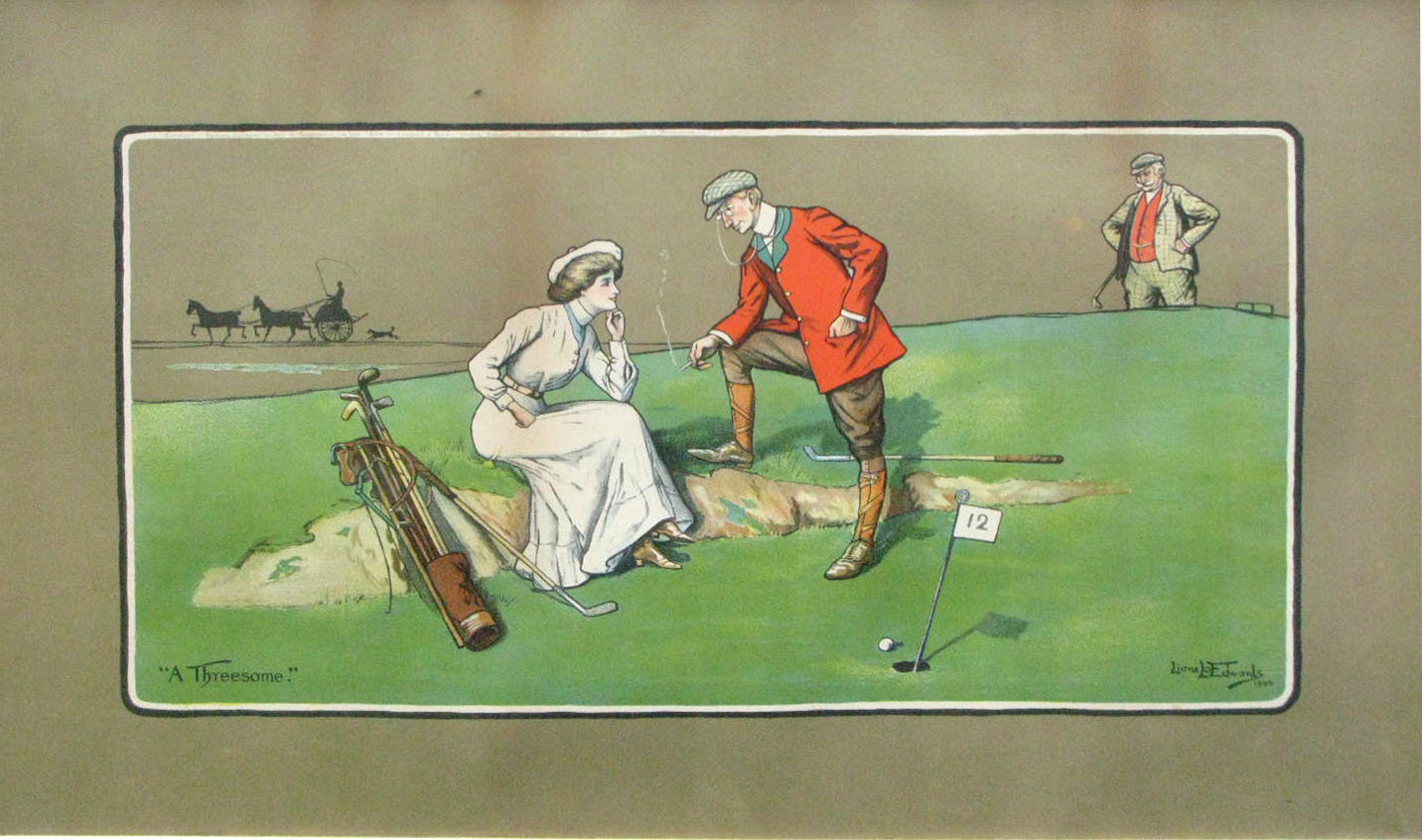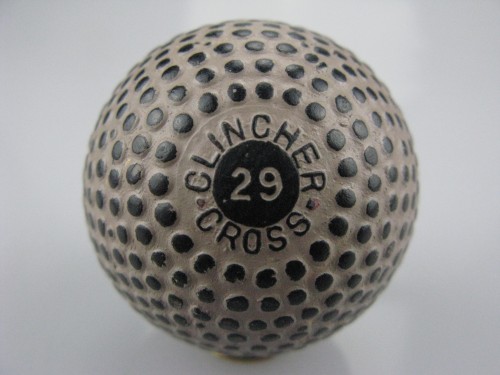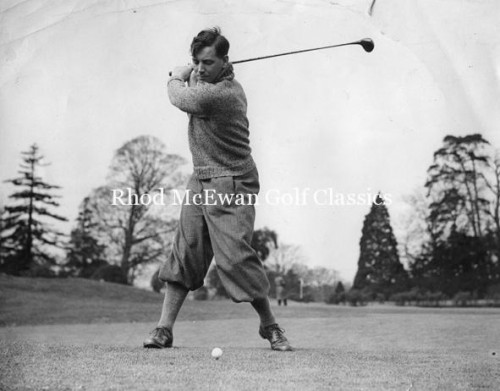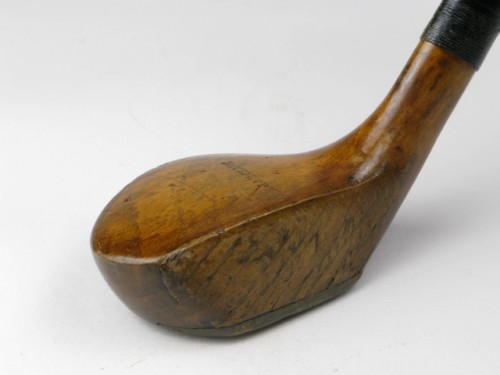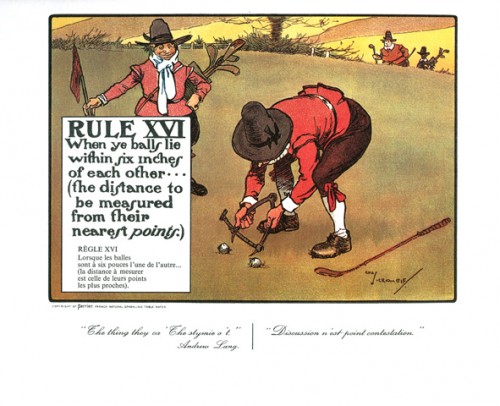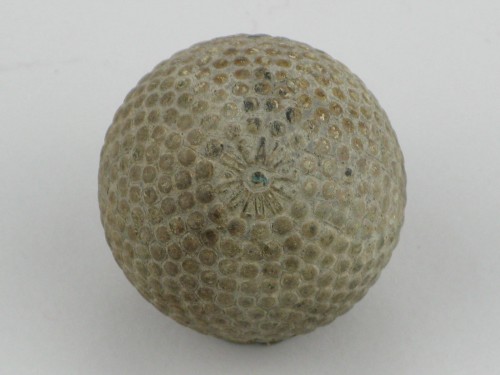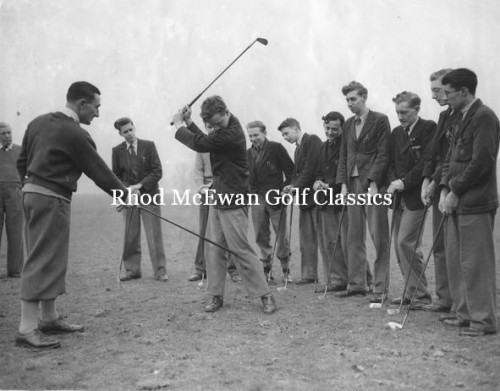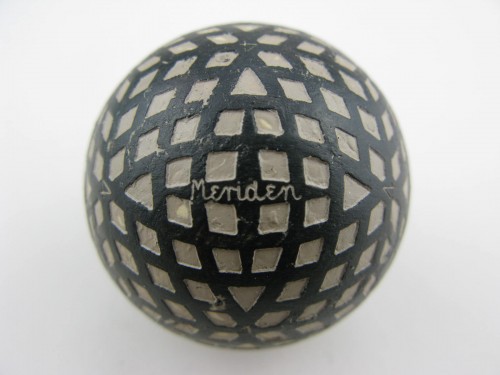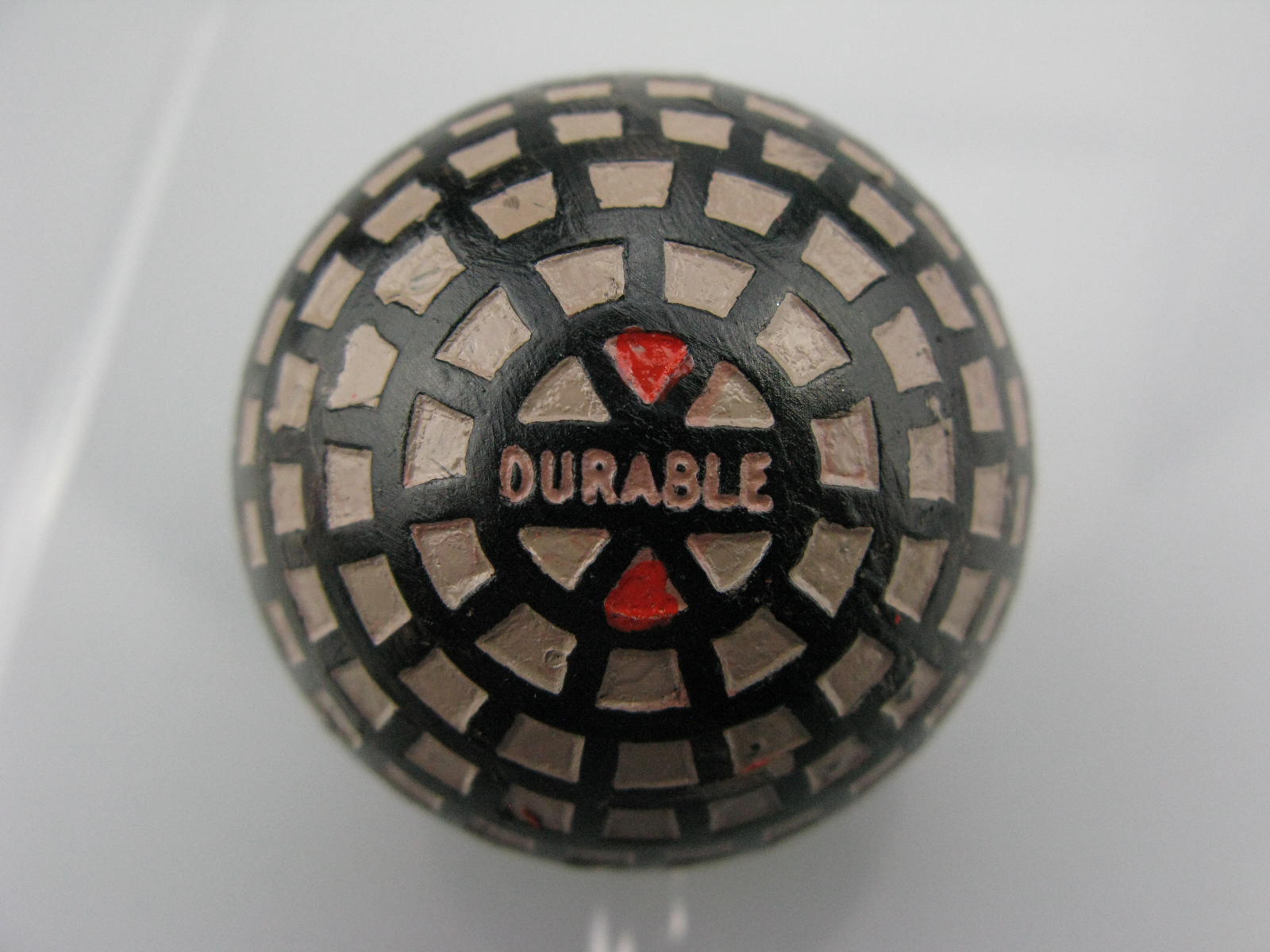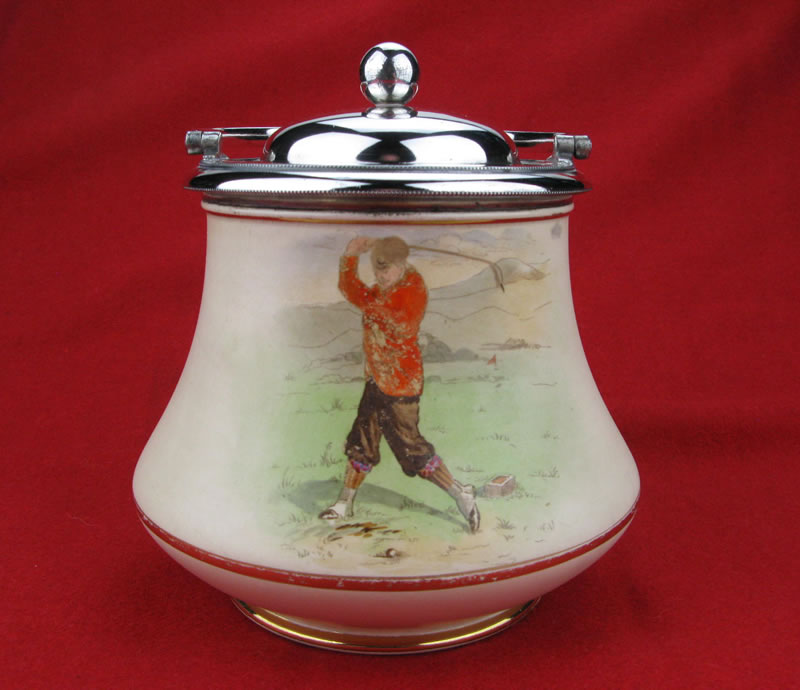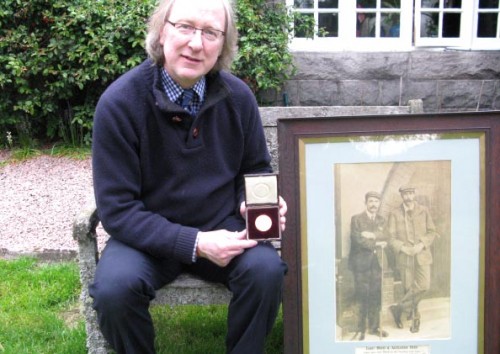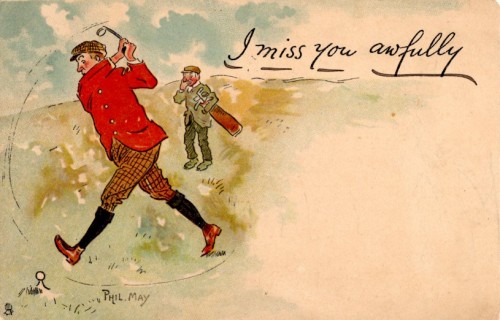Rhod’s Favourites
Recently Added Items
Popular Categories
Golf Memorabilia and History
This website is devoted to the sale of golf memorabilia and dissemination of golf history, with the bias on contemporary reports. New items are added regularly with email alerts. My blog tiptoes lightly through the pages of history, reproducing nuggety anecdotes from golf magazines of yesteryear. They will be interspersed with contributions from very much alive journalists, historians and learned friends. Please get in touch with any questions on buying, selling, contributing or merely wanting a valuation. Happy hunting!

 +44(0)13397 55429 |
+44(0)13397 55429 | 